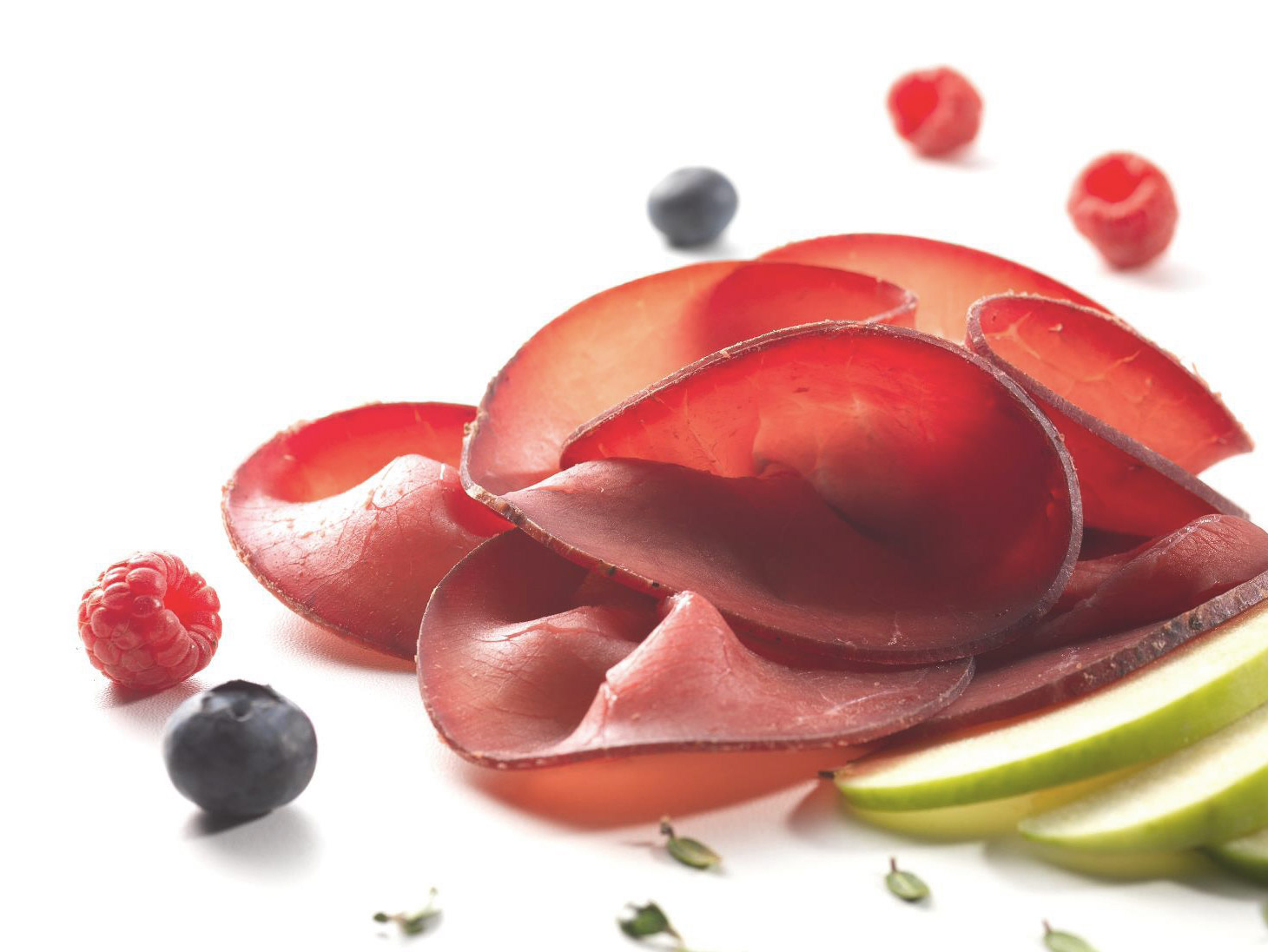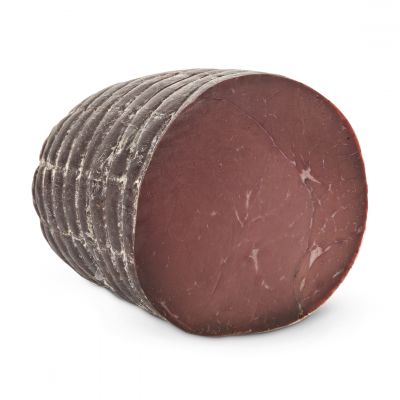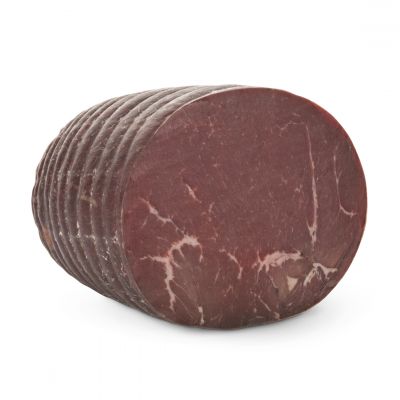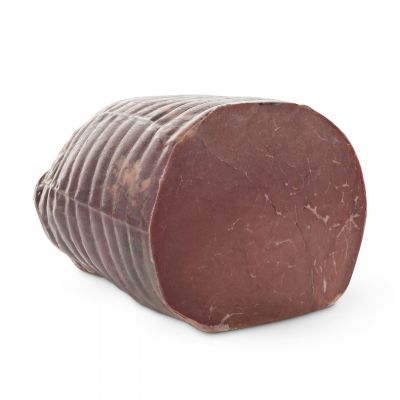
For long time we have been looking for a bresaola different from others, made from fresh meat, starting from a quality raw material, seasoned without haste.
When we tasted Paganoni’s Primitiva it was love at first bite: an organic bresaola from fresh meat, without preservatives. Soft to the palate, balanced in spice. In the same way, Chianina also impressed us. A bresaola with an important dimension slice, obtained from an equally important raw material: the heart of the Chianina punta d’anca. These are the two leading products of Paganoni company, known by professionals for the quality and reliability of its products. And starting from these two “out of league“ bresaola our collaboration begins. A new project that we have embraced with the usual enthusiasm and that we are proud to present you in these pages.
The meeting with Nicola Paganoni did nothing but confirm our expectations. For Nicola, what counts first and foremost is the quality of the meat. To make bresaola, the lean cuts of the leg are generally used: topside, silverside, thick flank and round roll. When the topside is deprived of the “fascia” (a muscle), what remains is called “punta d’anca”. 99% of the Paganoni bresaole is produced with punta d’anca.
Paganoni since 2006 works mainly fresh meat; only 15% of bresaola is produced from frozen meat; in this case the cuts arrive frozen, then thawing takes about a week because it must be slow and uniform. The fresh meat comes almost entirely from France: Blonde Acquitaine or Garronese breed cattle bred in the semi-wild state, which have large-sized topsides. The rests are in fact chosen also on the basis of weight: the standard is about 9/12 kg but for some particular selections are used topsides of over 12 kg.
The meat is placed in the tanks with the addition of salt, aromas and preservatives (except for Primitiva). During the salting which lasts 15 days the meat is turned and “zangolata” (that replaces the manual traditional massage), so the salt penetrates. Bresaola are then stuffed into a collagen casing, put in a net and hung, then transferred to a drying cell for a week, alternating moments of drying and rest. Gradually the temperature is lowered to the seasoning temperature. For the Carpaccio the processing ends here. Bresaola instead matured for at least three more weeks, up to two months for bigger cuts. The maturing period is decided by expert personnel who assess the characteristics of each cut. After maturing, bresaola is washed with water under pressure and then dried in the cell before being packaged.
Elisabetta Meda
Purchasing Director






